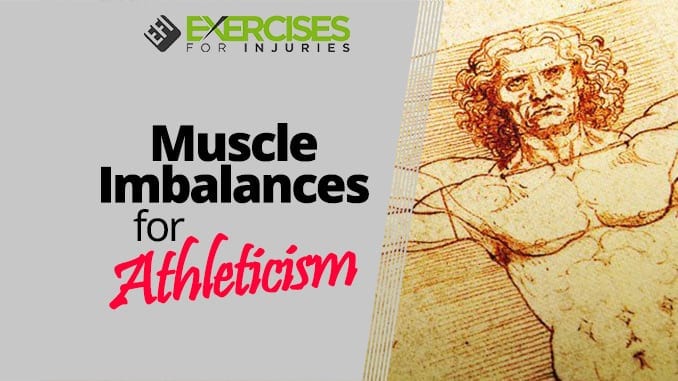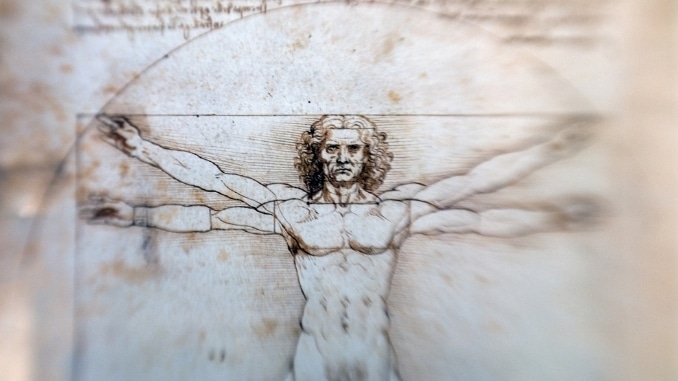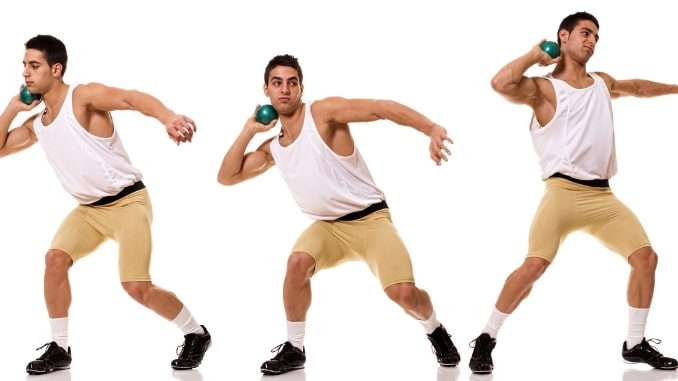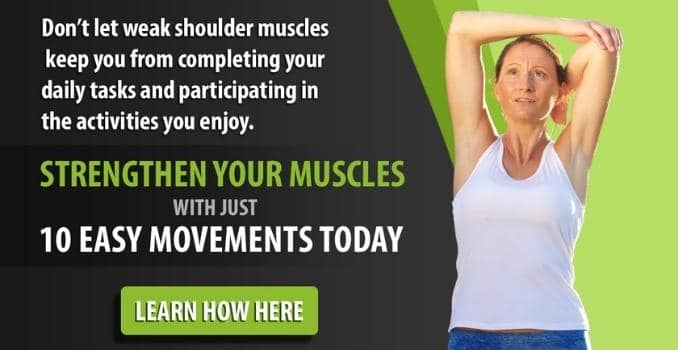
Muscle Imbalances for Athleticism are an essential part of training for athletes for many reasons. First, imbalances are a common problem in many athletes and individuals who put a lot of strain on just one side of their body from strength training or certain activities like playing racquetball or tennis.
Second, muscle imbalances for athleticism can lead to injury and even shorten your career as an athlete. Imbalanced muscles will affect your athletic performance because the more substantial side may not be able to help you overcome the weaker side when necessary; this may lead to strain in other muscles and cause injuries. Finally, muscle imbalances for athleticism can have long-term effects that increase your risk of injury and decrease your range of motion or flexibility.
Rotational Muscles Imbalances
This is perhaps the most common muscle imbalance for athleticism that leads to rotational injuries in athletes. The core muscles on one side of the body are more robust than the other, causing the spine to tilt to match the stronger side. Because the spine is rotated, this causes stress on the ligaments and leads to injuries such as a herniated disc or a stress fracture. This imbalance can be corrected by strengthening the opposing muscles. Exercises like Russian twists, wood chops, and side leg lifts can correct this imbalance and reduce the risk of rotational injuries.
Core Muscle Imbalances
A core muscle imbalance is an imbalance between the muscles responsible for spinal stabilization. This is usually caused by sports such as golf and tennis or repetitive motions such as pitching in baseball. This can be corrected by strengthening the weaker muscles with exercises such as Russian twists, side planks, and crunches. Side planks are beneficial for correcting core muscle imbalances because they work both the abdominal muscles and the muscles that stabilize the spine.
I have a few more clips regarding Assessment & Exercise (“Advance Screening” starts next Tuesday).
These clips are from Anthony Mychal’s Assessment & Exercise for Athleticism presentation.
This first clip shows Anthony a new way of looking at Da Vinci’s Vitruvian man. I won’t look at it the same again—very excellent observation.
What Can We Learn from Da Vinci’s Vitruvian Man?
Check out the transcription below if you cannot watch or listen to the video above.
So this is just a diagram of Da Vinci’s works to illustrate this. But if you start here at the hip, the hip houses the most significant muscle. So if you go in circles, concentric circles from about that point, the further away you get, the weaker the forces will get. And as you go, the smaller they get, too. So the size, the natural size kind of hints at the natural strength.
The legs are stronger than the arms, and the hands and feet are the last links in the chain. But that’s to illustrate that the further away you get from the powerhouse, the largest muscles in the body, the weaker the muscles contract. So the muscles of the hips should be stronger than the muscles of the quadriceps and hamstrings, and those muscles should be stronger than the muscles of the calf, and those will be stronger than the muscles of the foot, the same holds for the upper body.
In the second clip, Anthony talks about dynamic correspondence. It is an advanced concept that will get you thinking if the Exercise you are giving is functional or if it will transfer over to sport or athleticism.
Enjoy the clip, but make sure to stop the video and read the slide; they have great information that you need to know.
Importance of Dynamic Correspondence
Check out the transcription below if you cannot watch or listen to the video above.
“is defined by this concept of Dynamic Correspondence. And it’s a vast concept, a long concept, and a little bit more of a complex idea, but Verkhoshansky and Siff 1998, in one of their published works, give criteria of Dynamic Correspondence. And whenever you think of Dynamic Correspondence, really think of specificity. How closely related is it to the movement in question? And so, to give you an analogy, if you’re talking about throwing a shot put, how similar is throwing a discus compared to a shot put? How similar is swinging a bat to throwing a shotput? How similar is throwing a ball to throwing a shotput? That’s Dynamic Correspondence.“
How well will those movements correlate to the activity you have in question? And these are some of the criteria of Dynamic Correspondence. You can read these on your own. I’m not going to hash them because it’s all about specificity. The amplitude and direction of movement go back to the hip thrust. You’re on your back. How well is that going to translate whenever you’re on your feet? Force production has to be considered.
What stages of the movement have the most force?
Again, check this out on your own time because another slide here for Dr. Yessis in one of his works in 2006 puts this into the light where he takes a theoretical runner and uses these categories for Dynamic Correspondence to try to bring it into the light.
So he uses a runner, and number one, where’s the ankle, knee, hip, and shoulder? What is it doing, and in what phase of the running motion? And it can get complicated, really just intricate, as you dial it down and try to become more and more specific. Luckily, for just muscle activation, I will keep it on a more general level even though, as you’ll see, it will be detailed. It won’t precisely be this particular.
Assessment & Exercise will be coming out next Tuesday for “Advance Screening”:
Rick Kaselj, MS
Before I go, a few kind words from Rebecca Tabbert about the work that I do:
Check out the transcription below if you cannot watch or listen to the video above.
Hey, guys! This is Rebecca Tabbert at Fit Body Boot Camp Redlands and Calimesa. I just wanted to tell you about my good friend, Rick Kaselj. It is beautiful and an honor to witness his success. I saw him speak at Fitness Business Summit in person, my first experience with him. However, I’ve followed his products over the years, and if there is anybody I want to go to in terms of muscle imbalances or corrective type exercises, he is the man to go to. So I back anything that he puts out there. I believe that it’s a quality product, and I know it’s based on time, effort, energy, and, most importantly, research. He does the research, so I don’t have to.



